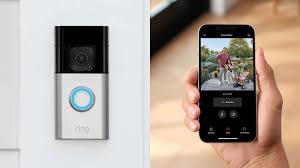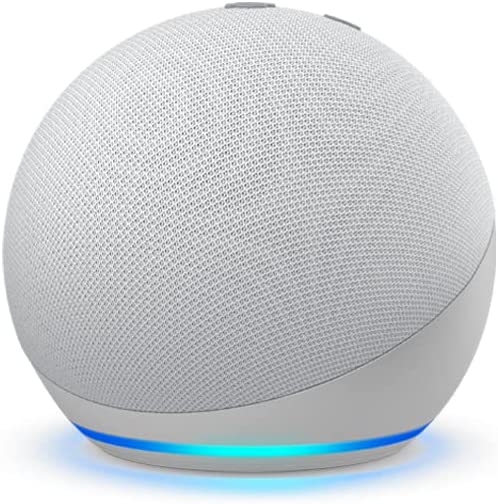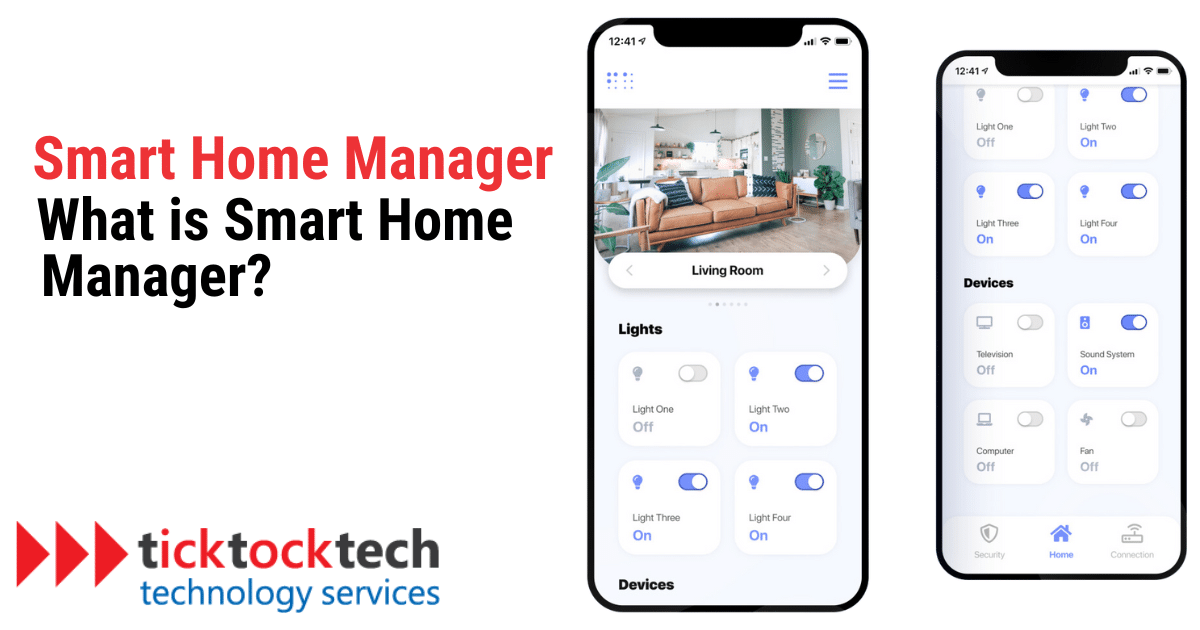Smart home gadgets are one of the latest Internet of Things (IoT) technologies being most publicly available and sought after. These gadgets, come in an advanced format of various existing home devices. The world moved from manual devices to analog, to digital, and now more advanced devices. Smart home devices come in various home devices like bulbs, fans, speakers, thermostats, security cams, and more.
However, unlike the mainly electrical home devices, they are smarter. They are smarter in such a way that they can be programmed, they are sensitive and can adjust themselves based on the programmed settings. Aside from the fact that these devices can be controlled via app or voice command, they know what to do, and when to do it, without the user having to tell them. For instance, a sensitive smart home bulb turns itself off once it’s daylight and turns on when it’s dark.
Another fun thing about smart home devices is being friendly to each other. Meaning, they can work hand in hand, especially between smart home devices and hubs. Let’s have a look at what these hubs are and how they help manage smart home devices.
How do Smart Home Devices Communicate with each other?
Smart home appliances are made to communicate with one another and function well together. They interact via specialized technologies including Wi-Fi, Zigbee, Z-Wave, and Bluetooth. As a result, when it gets too warm, the blinds automatically close to keep your home cool. This implies that your smart thermostat may communicate with your smart blinds.
Smart lights may participate as well, turning on when motion is detected without the need for switches. Another illustration is when smart security cameras can inform you via your smartphone and, in the event of motion detection, turn on your smart lighting. Additionally, these gadgets can frequently be operated with voice commands using virtual assistants like Google Assistant or Alexa from Amazon, further strengthening their seamless communication.
What is a Smart home manager and what does it do?
A well-designed smart home setup revolves around a Smart Home Manager. It acts as the command hub, enabling the management and integration of all systems and linked devices. The core of smart home technology is this hub, which might be a real object or a software program. These managers could be hubs like the Amazon Echo, Google Home, and Apple Home Hub. They could also be software in the form of apps.

Its main purpose is to make it possible for various smart devices, like thermostats, lights, security systems, and entertainment systems, to communicate and be controlled in an effortless manner. Smart Home Manager streamlines the user experience by centralizing these tasks and providing a single interface for managing several devices. Additionally, it guarantees device compatibility, avoiding interoperability problems. Users no longer need to individually manage various applications or devices.
For hubs to be able to control a smart home device, the device has to be compatible with the hub. For instance, all smart home device that work with Alexa can be integrated and controlled via the Amazon Echo hub. Same for google assistance and apple Siri.
By acting as the central intellect that coordinates the system’s many components, Smart Home Manager essentially raises convenience, efficiency, and security in a smart home setting. For anyone looking to maximize their smart home experience, it is a necessary component. Generally, these managers act crucially to smart home devices to function as; Device Control and Coordination, create Interoperability, Automation, and Remote Access, and serve as Security
Control and coordination of the device:
Users are able to effortlessly monitor and manage numerous components including lights, thermostats, security cameras, and appliances thanks to the Smart Home Manager, which serves as a centralized control center for all connected devices. It simplifies the management of these devices and guarantees their flawless interoperability.
Interoperability
Making ensuring diverse smart devices and ecosystems are compatible and work together is one of its main responsibilities. It serves as a bridge, allowing components from different manufacturers and using multiple communication protocols to interact and function properly within the smart home network.
Scene creation and automation
Users of smart home managers may design scenarios and routines for automation. Users can concurrently program certain actions or behaviors for a number of devices using this capability. For instance, you may program a “Good Morning” scenario that, with a single command, turns on the lights, modifies the thermostat, and starts your coffee maker.
Remote Control and Inspection
It allows consumers to access their smart home appliances from a distance. Users may keep an eye on and manage their home appliances via a smartphone app or online interface, whether they are at work or on vacation. By allowing customers to remotely check on their houses or make improvements, this feature improves security.
Privacy and security
The security and privacy of the smart home network are crucially dependent on smart home managers. To prevent unwanted access and data breaches, they frequently contain security features like user authentication, encryption, and secure device pairing.
How do I know what smart home manager to use?
Consider your desired ecosystem (brand), voice assistant integration, user-friendliness, automation requirements, privacy/security features, and scalability when choosing the best Smart Home Manager for your devices. To choose wisely, consider these factors.

Additionally, learn more about the Smart Home Managers that are offered for your devices by reading reviews. Recognize their user interfaces, features that are offered, and the degree of control they provide.
Examine the manager’s developer’s level of customer service and the frequency of updates, since these factors might affect long-term usefulness. A membership fee for a particular manager should also be taken into account because they might increase the entire cost of operating your smart home.
Last, but not least, check to see whether the user experience fits your preferences and needs by setting up a few devices with the manager.
Other FAQs on Smart Home Manager
An easy approach to manage and keep an eye on all of your smart home appliances is through the use of a Smart Home Manager. In a smart home, you can use it to automate routines, strengthen security, and boost energy efficiency.
Depending on the compatibility and capabilities of your selected Smart Home Manager, you may operate a variety of smart devices, including lighting, thermostats, security cameras, door locks, smart speakers, and more.
Although it is theoretically possible, managing numerous Smart Home Managers might be challenging. For a more simplified experience, it is often advised to select a single all-inclusive manager that works with as many of your devices as feasible.
The majority of Smart Home Managers include user-friendly setup procedures. Even while having some technical knowledge might be useful, many managers include step-by-step instructions, making it simple enough for users of all skill levels to utilize.
Takeaway
In conclusion, the emergence of smart home technology has completely transformed modern life by bringing unheard-of connectedness and ease. The Smart Home Manager, acting as the linked home’s central nervous system, is at the center of this transition. It synchronizes appliances like lights, thermostats, and security systems without a hitch, promoting automation and effective control. Additionally, this technology makes remote monitoring possible, increasing convenience and security. To guarantee a well-integrated and effective smart home environment, take into account compatibility, features, pricing, and user experience while choosing a Smart Home Manager.

